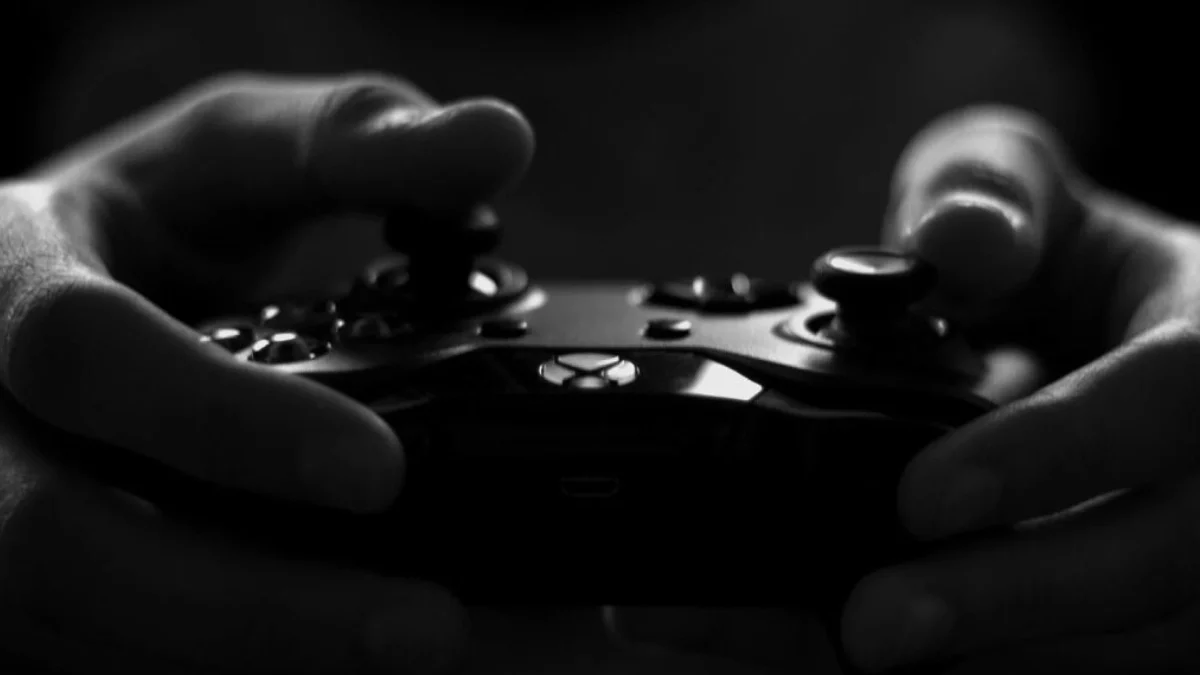Gaming Controllers – As the primary way that we interface with gaming systems, it makes sense that controllers would become havens for bacteria. Anything we touch makes the jump from hand to controller, and over months or years, the quantity of dirt and bacteria can grow to significant levels. While this much might be obvious, what’s less obvious is just how much different controller designs play a part.
Looking at the controllers of the major systems, we want to investigate what is different, and how users might fight back against the microbial menace. And no, we’re not talking about viruses, that’s an entirely different thing.
The Systems in Contrast
For the three main console platforms of the PlayStation, Xbox, and Switch, the best way to approach the bacteria equation is to look at the different parts of the controller. According to recent research, each of these areas has very different colonies, raising some curious contrasts. For simplicity’s sake, we’re going to assume that these controllers are used in regular lounge environments because as Healthline explains, different areas in a home have vastly different levels of bacteria.
Testing here was taken from swabs from the handles, sticks, and trigger. Each of these swabs was then delivered into Petri dishes, where the resulting colony growth could be measured. The most bacteria-ridden controller under Betway’s testing came from Sony, with 73 colonies on handles, 190 on the sticks, and 33 on the triggers. Second place went to the Switch, with 55 on the handles, 63 on the stick, and 55 on the triggers. Finally, Xbox was the cleanest of the three, with 83 colonies on the handles, 63 on the stick, and 15 on the triggers. This means a total score of 296 for Sony, 173 for Nintendo, and 161 for Microsoft.
What This Bacteria Means for You
We know, that sounds a lot, but a lot of bacteria isn’t necessarily a bad thing. As the National Centre for Health Research shows, not all bacteria are created equal. After all, we as people rely on internal bacteria to keep us healthy, and we encounter countless different varieties in our daily lives that leave no ill effects.
Sure, it can be generally good practice to clean your systems, but not being fully diligent is generally unlikely to cause and health concerns. The one major caveat for this would be if any players in your house are sick, in which case we’d recommend giving everybody their own controllers until the sickness passes.
How to Clean your Controller
Keeping the outside of electronics clean is just as important as maintaining the software, and this idea applies to controllers as much as anything else. To get started on controller cleaning, users should ensure the device is unplugged and simply rely on a small amount of bleach-free and plastic-friendly cleaning solution on a dampened cloth. This is something you need to be sure about, at the wrong cleaning solution can scar or damage the controller. Also be sure that damp doesn’t mean soaking wet, as any liquid getting inside a controller could easily kill the system.
One final thing to keep in mind is the direct environment in which your controller is stored. While it can be convenient to just throw a controller away in an untidy draw when you’re not using it, controllers can easily pick up bacteria from things other than people. To combat this, it can be worth cleaning anywhere a gaming system or controller is stored as a part of regular maintenance. It might not be noticeable right away, but little changes like this can add up to a lot, and if it prevents you from getting sick even once, then keeping things clean is well worth the effort.

